Categories: Breastfeeding, Pumping, Working Mamas
June 25, 2021
Last updated on March 11, 2024
You sit down, get your pump station and supplies ready, and turn on your pump only to find out there’s no suction! Maybe you still have some suction, but you notice a definite difference in the amount and strength of suction.
Panic starts to set in. What should you do? Take a deep breath. Here are the top 10 most common reasons why your pump has no suction and how to troubleshoot.
Top 10 Ways to Troubleshoot a Pump with Reduced or No Suction
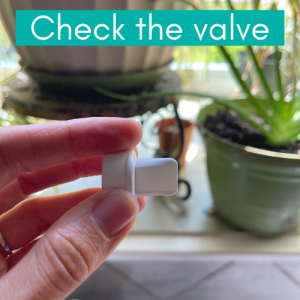
1. Valve isn’t in place
One of the first and easiest things to check is the valve and membrane. While air may look like it’s moving from the backflow protector, if the valve isn’t in place, there will not be suction.
2. Valve has a tear
If you’ve confirmed the valve is in place, look to see if there is a tear somewhere in it. Even just a small tear or disformed piece of the valve can cause you to lose suction. To prevent this issue, replace valves every 3 – 6 months.
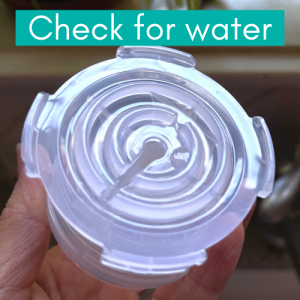
3. Water in one of the components
Since the CDC recommends washing pump parts after each use, it’s easy for water to stay on the components. To help prevent this from being an issue, keep a spare set of pumping parts to switch back and forth between each pump session.
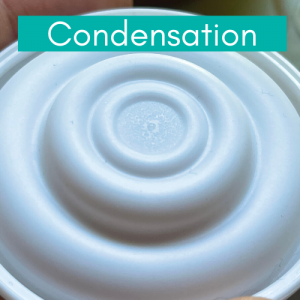
4. Condensation in the backflow protector
Even just a small amount of condensation is enough to affect suction. After each pumping session, be sure to take apart all components, including the backflow protectors. Clean and allow to air dry according to the manufacturer’s recommendations. This is another example where having a spare set of pumping parts can be extremely helpful.
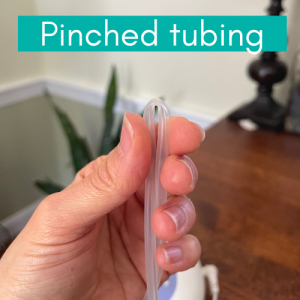
5. Tubing is pinched or has a hole
If the tubing is pinched, something is placed on the tube, or the tube is at an extreme angle, suction can be reduced or diminished. The same is the case if there is a hole or any tears in it. Slowly run your hands along the tubing to look for these issues.
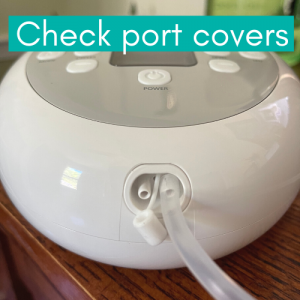
6. Tubing is not attached or cap is not in place
This can be common when single pumping with a double electric pump. If the cap that closes one of the suction ports is not in place, there will be no suction. The same rule applies if one of the tubes is not in place correctly when double pumping.
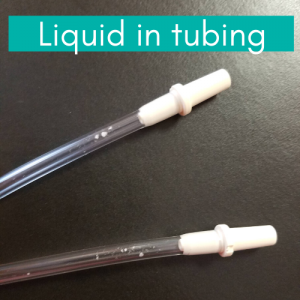
7. Tubing has condensation or milk in it
This is less likely to happen with a closed system breast pump, but still something to look for when troubleshooting. Any type of liquid in the tube will reduce or eliminate suction. If there is milk in the tubing, be sure to thoroughly wash and air dry it or replace depending on manufacturer recommendations.
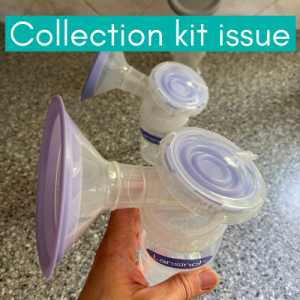
8. Pump or collection kit assembly issue
If you are unable to determine where the issue is, take apart all the components, put your thumb over the airports, and turn the pump on. If you feel suction, the issue probably lies with the collection kit assembly or one of the components.
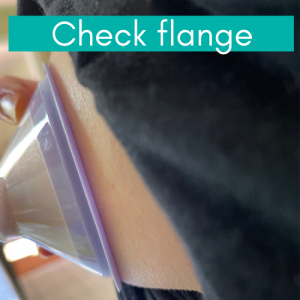
9. Flange is not flush with the skin
Often a result of clothing in the way, if the flange is not flush with the skin, a seal will not be created, and suction will not happen. Check to make sure the flange is firmly against the skin and there is nothing between the shield and breast. Your flange size can change during your breastfeeding and pumping journey. If this continues to be an issue, consider changing flange sizes.
10. Check the battery/batteries
The amount of suction can also be affected by the power source. If you are using a rechargeable pump, it may be time to plug in. If you are using a pump with standard batteries, try replacing them.
Use the manufacturer as a resource
What if none of these corrected the issue? All breast pump manufacturers have a warranty. If you received your pump through Acelleron, the manufacturer contact information can be found here. You can reach out to the manufacturer directly for additional troubleshooting and warranty information.
Thankfully, in most cases, a simple walk through of the steps above will help you determine the issue and get back on your pumping journey. If by chance you find yourself talking with the manufacturer and are in need of a replacement, learn how to hand express breastmilk and look to use a manual pump like the Haakaa Gen 2 Silicone Pump in the meantime.


